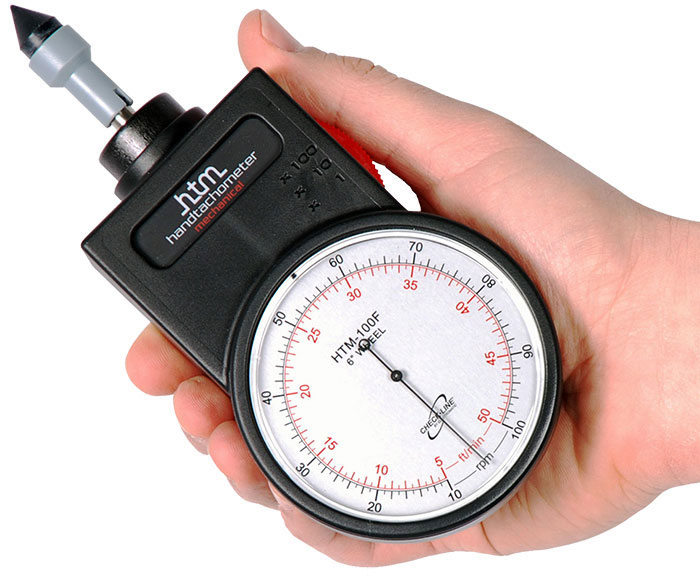Comprehensive Overview to Comprehending and Using a Tachometer Effectively
Opening the Secrets of Tachometers: Whatever You Required to Learn About This Crucial Instrument in Your Lorry
Recognizing the intricacies of tachometers can supply valuable insights into your automobile's performance and maintenance needs. From determining engine rate to analyzing the information it provides, tachometers work as a vital device for car owners and enthusiasts alike. By unraveling the mysteries behind this important tool, you can unlock a riches of details that can boost your driving experience and guarantee the durability of your lorry.
Relevance of Tachometers
The value of tachometers depends on their capability to offer essential real-time information concerning an engine's rotational speed, enabling specific tracking and upkeep of machinery. By determining the transformations per minute (RPM) of an engine's crankshaft, tachometers offer beneficial insights into the engine's efficiency - tachometer. This data is vital for ensuring that the engine operates within its ideal array, avoiding prospective damages from over-revving or underperforming
Tachometers play a crucial function in assisting operators and service technicians find any abnormalities in the engine's speed, which might suggest issues such as gas inefficiency, mechanical problems, or excessive stress on the engine. By quickly identifying these problems with tachometer analyses, maintenance can be executed proactively, protecting against costly repairs and downtime in the future.
Moreover, tachometers are specifically critical in high-performance cars and machinery, where precise control over engine rate is essential for optimal operation. Racing automobiles, aircraft, and commercial devices rely upon tachometers to provide peak performance while preserving safety requirements. In significance, tachometers are not just instruments for measuring speed yet important devices for making sure the smooth and efficient operation of engines across various applications.
Just How Tachometers Action Engine Rate
Utilizing sensors that spot the regularity of electrical pulses created by the engine's ignition system, tachometers precisely determine the rotational speed of an engine. By monitoring the rate at which these pulses are gotten, tachometers supply real-time responses on how fast the engine's crankshaft is turning per minute, commonly described as transformations per min (RPM)
The tachometer's sensor, commonly connected to the engine's ignition coil or ignition system cords, grabs the electric signals produced each time a cyndrical tube fires. These signals are then transformed right into RPM readings showed on the gauge or instrument collection within the motorist's view. Tachometers can be analog or digital, with modern cars commonly including digital screens for exact and rapid RPM analyses.
This details is important for chauffeurs to recognize the engine's efficiency, avoid over-revving, maximize equipment changing, and make certain effective fuel usage. By precisely measuring engine speed, tachometers play an important function in assisting chauffeurs operate their automobiles safely and successfully.
Analyzing Tachometer Analyses
Having a clear understanding of exactly how tachometers measure engine speed establishes the structure for efficiently interpreting the RPM analyses displayed. Interpreting tachometer analyses is essential for optimal lorry performance and engine health. RPM (Transformations Per Min) analyses on the tachometer show the rate at which the engine's crankshaft is rotating. When the engine is idling, the tachometer needle usually rests around 600-1000 RPM, depending upon the car. As you accelerate, the RPM will raise, showing the engine's greater rotational rate. When changing gears in a hand-operated transmission lorry, the RPM will certainly drop as you involve the clutch and change equipments, after that increase once more as you speed up in the brand-new equipment. Keeping track of the tachometer can assist you establish one of the most efficient shifting indicate take full advantage of gas economic climate and check out this site engine power. Furthermore, abnormal fluctuations or regularly high RPM readings might show potential concerns with the engine that might require professional attention. By focusing on the tachometer readings and recognizing how to translate them, you can ensure your automobile runs efficiently and successfully.


Tips for Making Use Of Tachometers Effectively
To improve driving performance and optimize engine performance, what key strategies can be carried out for successfully utilizing tachometers? Tachometers are essential tools that give real-time feedback on engine speed, making it possible for chauffeurs to make informed choices for far better performance - tachometer. Right here are some tips for utilizing tachometers successfully:
Understanding Ideal RPM Variety: Acquaint yourself with the ideal RPM (Transformations Per Min) variety for your car. This variety ranges various autos and is typically shown in the owner's handbook. Maintaining the engine within this array can enhance fuel efficiency and prolong the engine's life-span.
Shifting Gears at the Correct Time: Make use of the tachometer to identify the finest time to shift gears. Upshifting also very early or as well late can result in decreased efficiency and efficiency. Goal to shift equipments when the RPM reaches the optimal range for the following gear.
Checking Engine Stress And Anxiety: High RPMs for extended periods can strain the engine. Maintain an eye on the tachometer to stop over-revving, specifically throughout acceleration or when carrying hefty lots.
Tachometers and Lorry Maintenance
When taking into consideration lorry upkeep, tachometers play an important role in checking engine performance and identifying prospective problems. Tachometers offer crucial information on engine speed, allowing chauffeurs and discover here mechanics to guarantee that the engine is running within the advised RPM array. Routinely checking the tachometer analyses can help recognize troubles such as engine misfires, damaged spark plugs, or issues Read More Here with the fuel delivery system. By focusing on the tachometer, chauffeurs can avoid extreme strain on the engine, which can result in expensive repair services down the line.
In enhancement to spotting possible concerns, tachometers can additionally aid in optimizing gas effectiveness. By keeping the engine speed within the optimum range, motorists can enhance their gas mileage and minimize fuel consumption. This not only benefits the vehicle driver's purse however also adds to environmental conservation by decreasing unsafe discharges.
Final Thought
